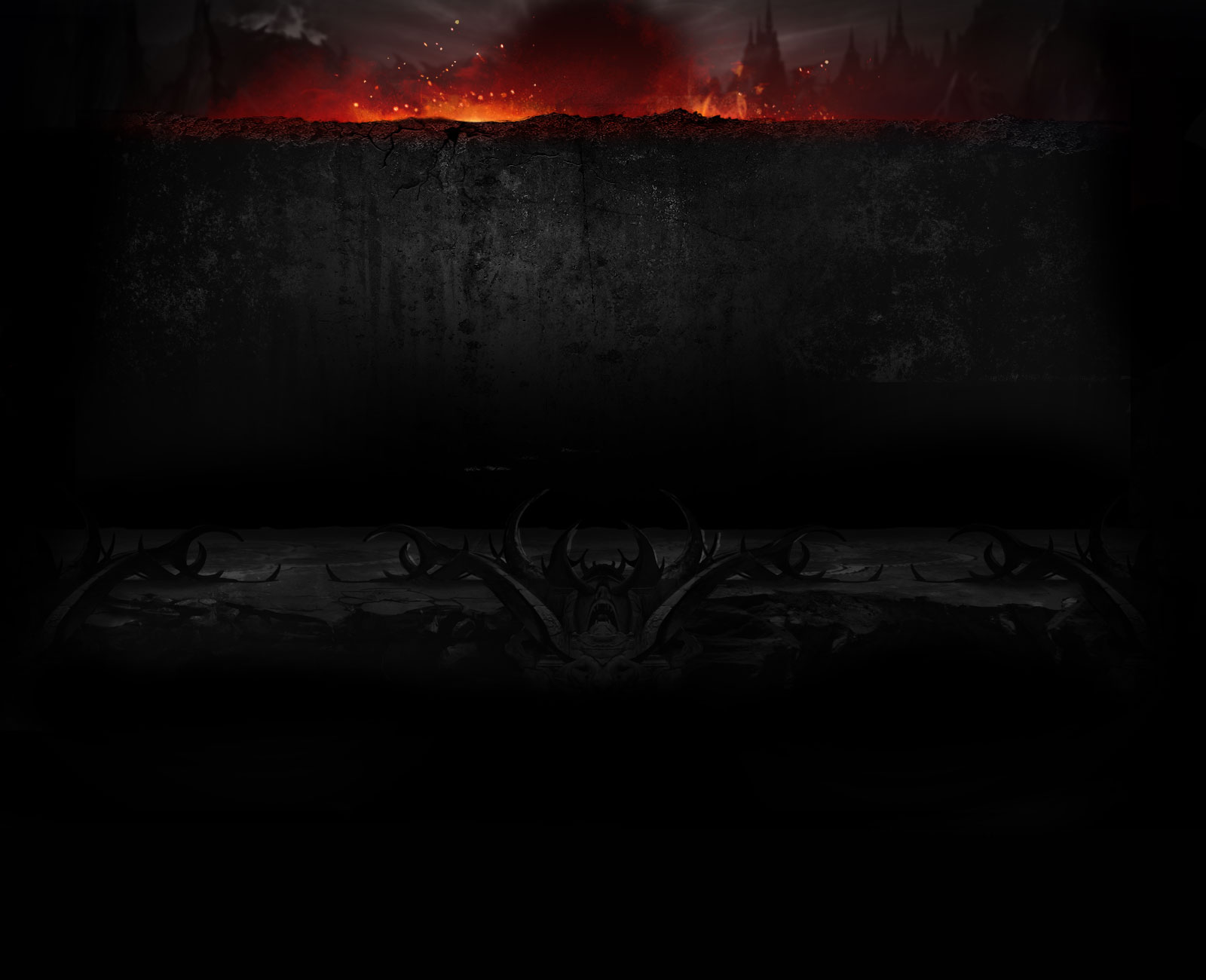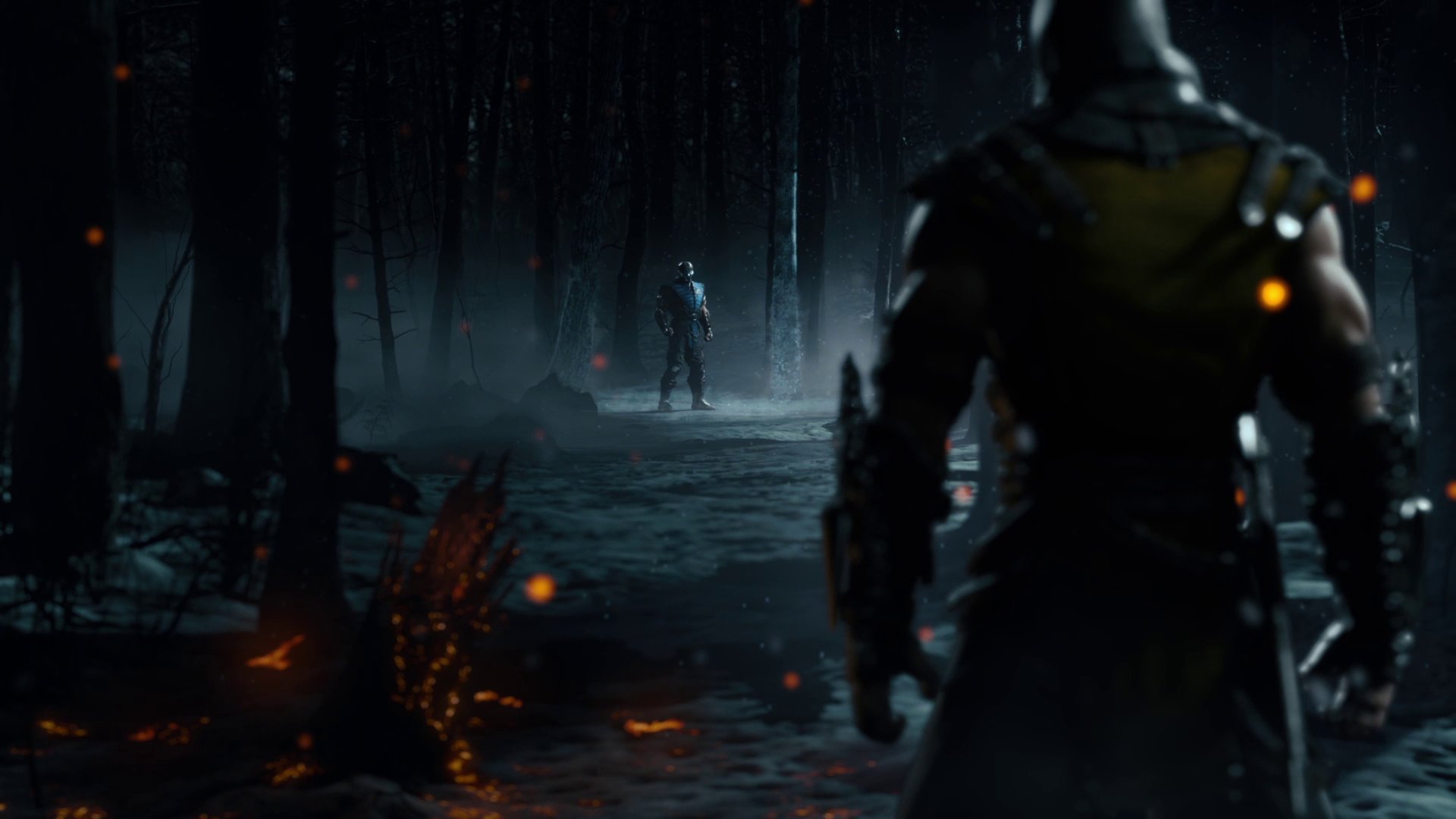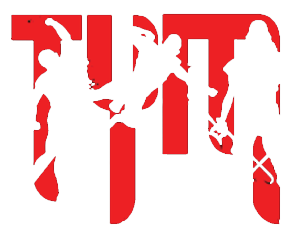Killzone think of startup frames as execution. Startup is how long it takes for a move to come out.
Recovery how long the move takes to recovery and allow you to block. So if you whiff it, you can't do anything for 18 frames which allows for a punish
Hit advantage is how many frames they are stuck in hit stun. So let's say you hit them with X X, they are stuck in 16 frames of hitstun and allows you to pressure. You can take hit advantage or block advantage IF its positive and subtract it from you startup frame of your next follow up move to see what their window is for armoring our/how fast your follow will be for them. So for example let's use this attack. Your at +16 on hit. If you follow up with another X X they have no window to armor out which means its 100% gauranteed. Block stun is the same thing, how much block stun they are in after u do the move. If negative for either block stun or hit stun means your at disadvantage. Depending on how much disadvantage you are at can be determined as safe or unsafe. Let's say your opponent does a move that is -15 on block, you can punish with X X because they have 15 frames of stun and your move is 9 frames fast. Now if they do a move that is -5, they are in 5 frames of stun. Now if you have a move 5 frames or faster you can punish but if we are using X X, you can't punish but you can apply pressure since it is only 9 frames. You can take the positive number from block advantage and subtract from your startup IF its a negative number and see how fast your move comes out. If it comes out as 0 or a negative number then you can consider it a punish. If they are -5 and you do X X then do 9-5, your next X X attacked followed up by their -5 move should be 4 frames fast. So if they don't have a move that is faster then 4 frames then you should be good using X X as a followup. However they have 4 frames to armor out so they can break out of pressure if they use an armored attacked. Like I said if you want to make sure they can't break out after you have advantage, you must do a move = to or less then the advantage you receive. Remember your advabtage is how long they are stuck in hit/block stun. If you do a follow up that is faster than their hitstun, they have no window to armor out. Frame data is really key to every fighting games if you don't understand I can answer any question just tag me if you don't understand anything.







